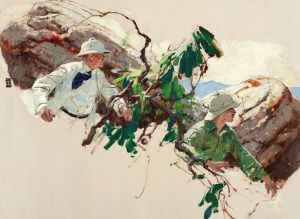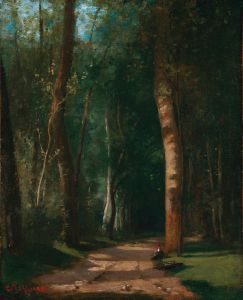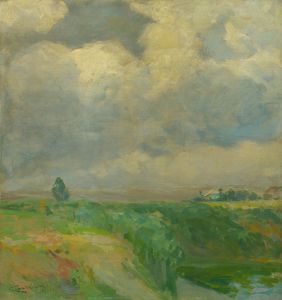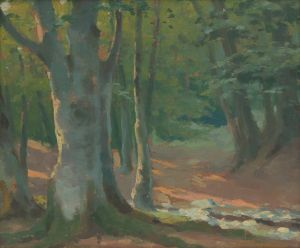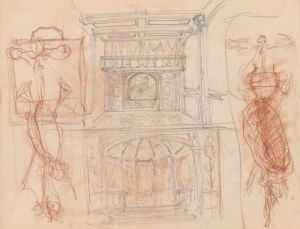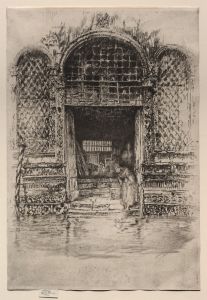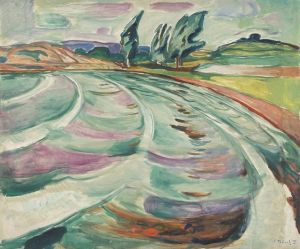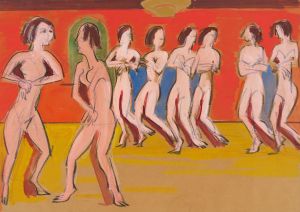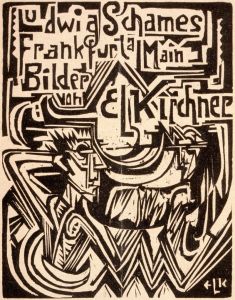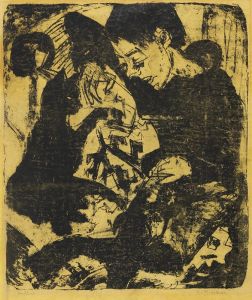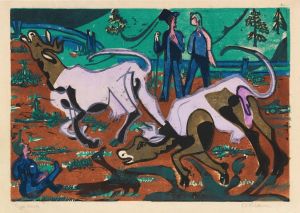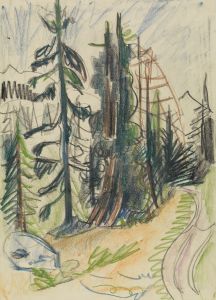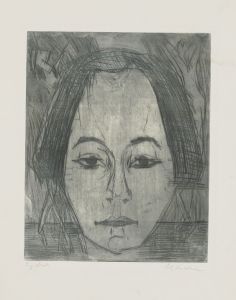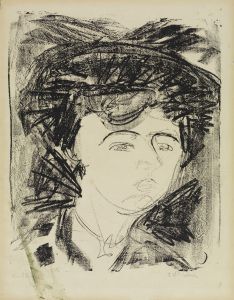
Fir forest
A hand-painted replica of Ernst Ludwig Kirchner’s masterpiece Fir forest, meticulously crafted by professional artists to capture the true essence of the original. Each piece is created with museum-quality canvas and rare mineral pigments, carefully painted by experienced artists with delicate brushstrokes and rich, layered colors to perfectly recreate the texture of the original artwork. Unlike machine-printed reproductions, this hand-painted version brings the painting to life, infused with the artist’s emotions and skill in every stroke. Whether for personal collection or home decoration, it instantly elevates the artistic atmosphere of any space.
"Fir Forest" is a painting by the German expressionist artist Ernst Ludwig Kirchner, created in 1907. Kirchner was a leading figure in the German Expressionist movement and a founding member of the artist group Die Brücke (The Bridge), which sought to create a new form of artistic expression that bridged traditional and modern styles. His work is characterized by bold colors, dynamic compositions, and a focus on the emotional and psychological aspects of the human experience.
"Fir Forest" exemplifies Kirchner's early style, which was heavily influenced by the vibrant colors and expressive forms of Post-Impressionism and Fauvism. The painting depicts a dense forest of fir trees, rendered in a vivid palette of greens, blues, and other contrasting colors. Kirchner's use of color is not intended to be naturalistic; instead, it serves to convey the emotional intensity and energy of the scene. The brushwork is dynamic and expressive, with bold, sweeping strokes that create a sense of movement and vitality.
The composition of "Fir Forest" reflects Kirchner's interest in the interplay between nature and emotion. The towering trees dominate the canvas, their forms simplified and exaggerated to emphasize their presence and power. The forest appears both inviting and mysterious, capturing the viewer's imagination and evoking a sense of wonder and introspection. This approach is characteristic of Kirchner's work during this period, as he sought to explore the psychological dimensions of the natural world.
Kirchner's choice of subject matter in "Fir Forest" is also significant in the context of his broader artistic goals. The forest, a recurring motif in his work, symbolizes both a retreat from the modern world and a connection to primal, elemental forces. For Kirchner and his contemporaries in Die Brücke, the natural landscape represented a space of freedom and authenticity, in contrast to the constraints and alienation of urban life. This theme is reflected in the painting's composition, which invites the viewer to lose themselves in the depths of the forest and experience a sense of liberation and renewal.
"Fir Forest" is an important example of Kirchner's early work and his contributions to the development of German Expressionism. The painting demonstrates his ability to fuse color, form, and emotion into a cohesive and powerful visual statement. Kirchner's innovative approach to painting would continue to evolve throughout his career, influencing subsequent generations of artists and solidifying his place as a key figure in the history of modern art.
Today, "Fir Forest" is held in high regard as a testament to Kirchner's artistic vision and his role in shaping the trajectory of 20th-century art. The painting is part of the collection of the Brücke Museum in Berlin, which houses an extensive array of works by Kirchner and other members of Die Brücke. Through exhibitions and scholarly research, "Fir Forest" continues to be celebrated for its dynamic expression and its enduring impact on the art world.





